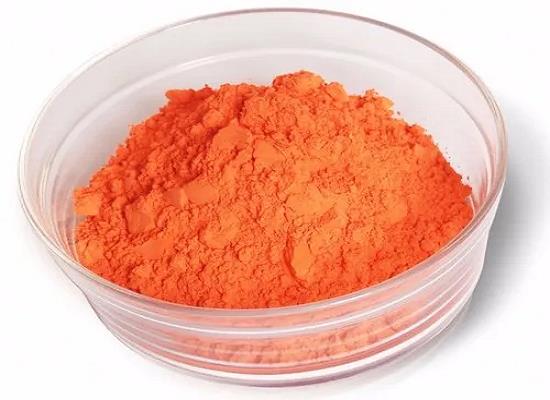Active Pharmaceutical Ingredients (API), popularly speaking, are the raw materials of medicines, only pharmaceutical raw materials are processed into pharmaceutical preparations , can they become medicines available for clinical use, so drugs we usually eat are the finished drugs through processing. Active Pharmaceutical Ingredients based on its sources can be divided into two major categories ,including chemical synthetic drugs and natural chemical drugs. Chemical synthetic drugs can be divided into organic synthetic drugs and inorganic synthetic drugs. Inorganic synthetic drugs are inorganic compounds ( very few is element), such as aluminum hydroxide, magnesium trisilicate which are used for the treatment of gastric and duodenal ulcers ; organic synthetic drugs are mainly composed of drugs made by basic organic chemical raw materials, through a series of organic chemical reactions (such as aspirin, chloramphenicol, caffeine, etc.). Natural chemical drugs ,based on its sources,can be divided into two categories including biochemical drugs and plant chemical drugs. Antibiotics are generally made by the microbial fermentation, which belongs to the biochemistry category. A variety of semi-synthetic antibiotics occurs in recent years,which are biosynthesis and chemical synthesis combining products.Among active Pharmaceutical Ingredients, the organic synthetic drugs varieties, yields and values have the largest proportion,which are the main pillars of the chemical and pharmaceutical industries. The quality of active Pharmaceutical Ingredients decides whether the formulation is good or bad , so its quality standards are very strict ,countries in the world have developed national pharmacopoeia standards and strict quality control methods for its widely used active Pharmaceutical ingredients.
Sodium benzoate: Polarity; Functions and Applications
Sodium benzoate is a polar chemical. This is due to the polar covalent bond between the carbon and oxygen atoms in the carbonyl group (-CO) and the carbon and oxygen atoms in the carboxyl group (-COO-
Jan 4,2024 API2-Naphthol: Polarity; Solubility and Uses
2-Naphthol is a polar molecule. Since naphthol contains hydroxyl groups, it is a very polar molecule, and the oxygen atom attracts the electron density to itself through bonds.
Jan 4,2024 APIThe chemical property and Lewis structure of Camphor
Camphor is a waxy solid, usually white or transparent in the shape of crystals, with a molecular formula of C10H16O.
Jan 4,2024 APIFerric oxide: Polarity and Application
Fe2O3 is an ionic compound. The electronegativity difference between iron and oxygen atoms is 1.6, which corresponds to the electronegativity difference of a polar covalent bond.
Jan 4,2024 APIWhat does Sodium carboxymethyl cellulose do?
Sodium carboxymethyl cellulose is a good candidate for nanosystems for drug delivery due to its biocompatibility, biodegradability, non-toxicity and gelling properties.
Jan 4,2024 API4-Hydroxy-2,2,6,6-tetramethyl-piperidinooxy: A Promising Radical Scavenger for Preventing Radiation-Induced Alopecia
4-Hydroxy-2,2,6,6-tetramethyl-piperidinooxy is a radical scavenger with therapeutic potential in preventing radiation-induced alopecia, but caution is needed due to possible side effects.
Jan 4,2024 APIUnderstanding the Properties, Pharmacokinetics, and Safety Hazards of Tolylene-2,4-diisocyanate
Tolylene-2,4-diisocyanate is a clear, pale yellow liquid with a pungent odor that requires strict safety measures due to its toxicity and sensitivity.
Jan 4,2024 APIBenzophenone Imine: Versatile Compound for Synthesizing Unnatural α-Amino Acids
Benzophenone imine is a clear liquid with unique properties and versatile synthetic applications, requires careful handling due to its potential for causing skin, eye, and respiratory irritation.
Jan 4,2024 APIExploring the Properties, Applications, and Safety of Bis(4-hydroxyphenyl) Sulfone
Bis(4-hydroxyphenyl) sulfone is a white crystalline compound used in various industries. It is used as an intermediate and electroplating solvent and hazardous with reproductive toxicity.
Jan 4,2024 APICetearyl Alcohol: Versatile Compound in Cosmetics Industry
Cetearyl alcohol is a white granular solid with wax-like odor, used in cosmetics as a thickening agent, stabilizer, and emulsifier. It is non-toxic but can cause mild irritation to the eyes and skin.
Jan 4,2024 API












